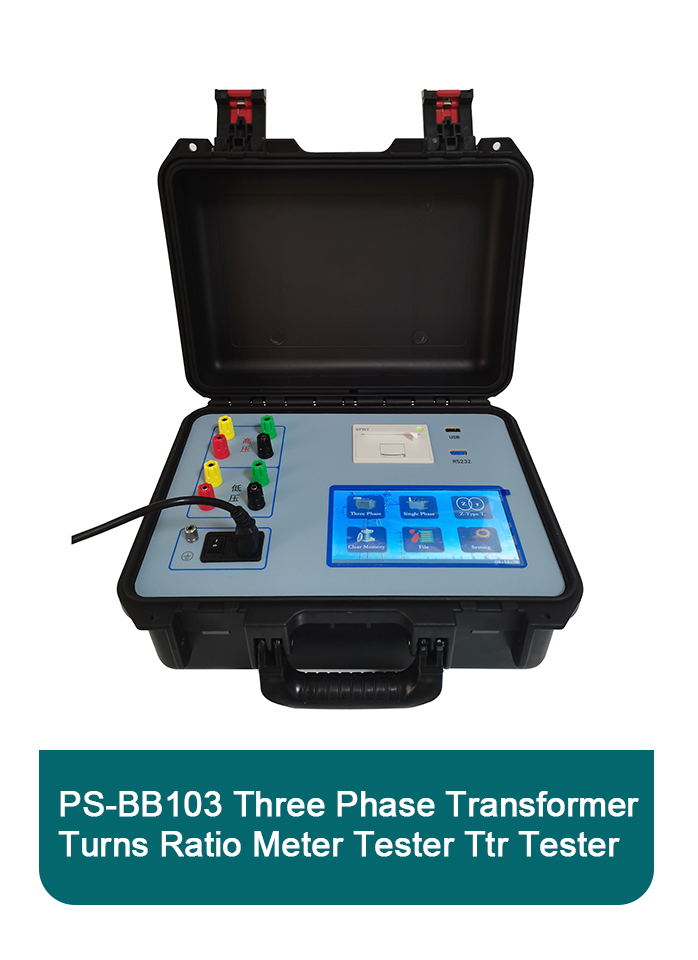 English
English



-
 Afrikaans
Afrikaans -
 Albanian
Albanian -
 Amharic
Amharic -
 Arabic
Arabic -
 Armenian
Armenian -
 Azerbaijani
Azerbaijani -
 Basque
Basque -
 Belarusian
Belarusian -
 Bengali
Bengali -
 Bosnian
Bosnian -
 Bulgarian
Bulgarian -
 Catalan
Catalan -
 Cebuano
Cebuano -
 China
China -
 China (Taiwan)
China (Taiwan) -
 Corsican
Corsican -
 Croatian
Croatian -
 Czech
Czech -
 Danish
Danish -
 Dutch
Dutch -
 English
English -
 Esperanto
Esperanto -
 Estonian
Estonian -
 Finnish
Finnish -
 French
French -
 Frisian
Frisian -
 Galician
Galician -
 Georgian
Georgian -
 German
German -
 Greek
Greek -
 Gujarati
Gujarati -
 Haitian Creole
Haitian Creole -
 hausa
hausa -
 hawaiian
hawaiian -
 Hebrew
Hebrew -
 Hindi
Hindi -
 Miao
Miao -
 Hungarian
Hungarian -
 Icelandic
Icelandic -
 igbo
igbo -
 Indonesian
Indonesian -
 irish
irish -
 Italian
Italian -
 Japanese
Japanese -
 Javanese
Javanese -
 Kannada
Kannada -
 kazakh
kazakh -
 Khmer
Khmer -
 Rwandese
Rwandese -
 Korean
Korean -
 Kurdish
Kurdish -
 Kyrgyz
Kyrgyz -
 Lao
Lao -
 Latin
Latin -
 Latvian
Latvian -
 Lithuanian
Lithuanian -
 Luxembourgish
Luxembourgish -
 Macedonian
Macedonian -
 Malgashi
Malgashi -
 Malay
Malay -
 Malayalam
Malayalam -
 Maltese
Maltese -
 Maori
Maori -
 Marathi
Marathi -
 Mongolian
Mongolian -
 Myanmar
Myanmar -
 Nepali
Nepali -
 Norwegian
Norwegian -
 Norwegian
Norwegian -
 Occitan
Occitan -
 Pashto
Pashto -
 Persian
Persian -
 Polish
Polish -
 Portuguese
Portuguese -
 Punjabi
Punjabi -
 Romanian
Romanian -
 Russian
Russian -
 Samoan
Samoan -
 Scottish Gaelic
Scottish Gaelic -
 Serbian
Serbian -
 Sesotho
Sesotho -
 Shona
Shona -
 Sindhi
Sindhi -
 Sinhala
Sinhala -
 Slovak
Slovak -
 Slovenian
Slovenian -
 Somali
Somali -
 Spanish
Spanish -
 Sundanese
Sundanese -
 Swahili
Swahili -
 Swedish
Swedish -
 Tagalog
Tagalog -
 Tajik
Tajik -
 Tamil
Tamil -
 Tatar
Tatar -
 Telugu
Telugu -
 Thai
Thai -
 Turkish
Turkish -
 Turkmen
Turkmen -
 Ukrainian
Ukrainian -
 Urdu
Urdu -
 Uighur
Uighur -
 Uzbek
Uzbek -
 Vietnamese
Vietnamese -
 Welsh
Welsh -
 Bantu
Bantu -
 Yiddish
Yiddish -
 Yoruba
Yoruba -
 Zulu
Zulu
auto tap changer
Understanding Auto Tap Changers Enhancing Transformer Efficiency
Auto tap changers (ATCs) play a crucial role in the operation and efficiency of electrical transformers, particularly in power distribution networks. These devices adjust the voltage levels automatically to optimize performance and prevent overloading, ensuring that the electrical supply remains stable and reliable.
What is an Auto Tap Changer?
An auto tap changer is a mechanism installed in transformers that allows for automatic adjustment of the transformer’s turns ratio. It effectively changes the number of turns in the winding of the transformer to raise or lower the voltage output. This is vital in maintaining a constant voltage level despite fluctuations in load demand or input voltage conditions.
Importance of Auto Tap Changers
1. Voltage Regulation One of the primary functions of an ATC is to regulate voltage. In electrical systems, voltage can fluctuate due to various factors, including changes in load or grid conditions. An ATC continuously monitors these fluctuations and automatically adjusts the tap settings to maintain an optimal output voltage. This helps in avoiding under-voltage or over-voltage situations that can harm electrical equipment.
2. Improved Efficiency By maintaining a consistent voltage level, auto tap changers contribute significantly to the overall efficiency of the power system. When voltage levels are stabilized, the overall power losses in the system decrease. This not only improves energy efficiency but can also lead to reduced operational costs for utilities and consumers alike.
3. Enhanced Equipment Lifespan Fluctuating voltages can cause wear and tear on electrical equipment, leading to premature failure. By ensuring a stable voltage output, ATCs help extend the lifespan of transformers and other connected devices. This translates to fewer maintenance needs and lower replacement costs over time.
auto tap changer

4. Automation and Remote Control Modern ATCs are often equipped with advanced features that enable remote monitoring and control. This means that operators can make necessary adjustments without having to be physically present at the site. Real-time data regarding voltage levels and load conditions can be transmitted, allowing for quick responses to any anomalies. This feature is particularly beneficial in large-scale power distribution networks where manual monitoring is impractical.
Types of Auto Tap Changers
There are primarily two types of auto tap changers on-load tap changers (OLTC) and no-load tap changers.
- On-Load Tap Changers (OLTC) These can adjust the tap settings while the transformer is under load. This means that voltage regulation can occur without interrupting the power supply, making OLTCs ideal for critical applications where continuous power is essential.
- No-Load Tap Changers As the name suggests, these operate only when the transformer is not under load. Changes in tap settings can lead to temporary interruptions; hence, they are less common in environments where uninterrupted power supply is necessary.
Conclusion
Auto tap changers are integral to modern electrical systems, ensuring that transformers operate efficiently and effectively within their specified parameters. With the increasing demand for reliable power supplies and the rise of renewable energy sources, the role of ATCs will continue to be significant in maintaining the stability and efficiency of electrical grids. As technology progresses, we can expect further advancements in ATC design and functionality, enhancing their ability to adapt to the ever-changing dynamics of power distribution systems. Investing in modern auto tap changer technology will pose long-term benefits for utilities, businesses, and consumers alike, ensuring a robust and resilient power infrastructure for the future.
-
Testing Equipment Industry Sees Major Advancements in 2025: Smart & Precision Technologies Lead the WayNewsJun.06,2025
-
Applications of Direct Current Generators in Renewable Energy SystemsNewsJun.05,2025
-
Hipot Tester Calibration and Accuracy GuidelinesNewsJun.05,2025
-
Digital Circuit Breaker Analyzer Features and BenefitsNewsJun.05,2025
-
Benefits of Real-Time Power Quality Monitoring Devices for Industrial EfficiencyNewsJun.05,2025
-
Earth Fault Loop Testing in High-Rise Building Electrical SystemsNewsJun.05,2025



